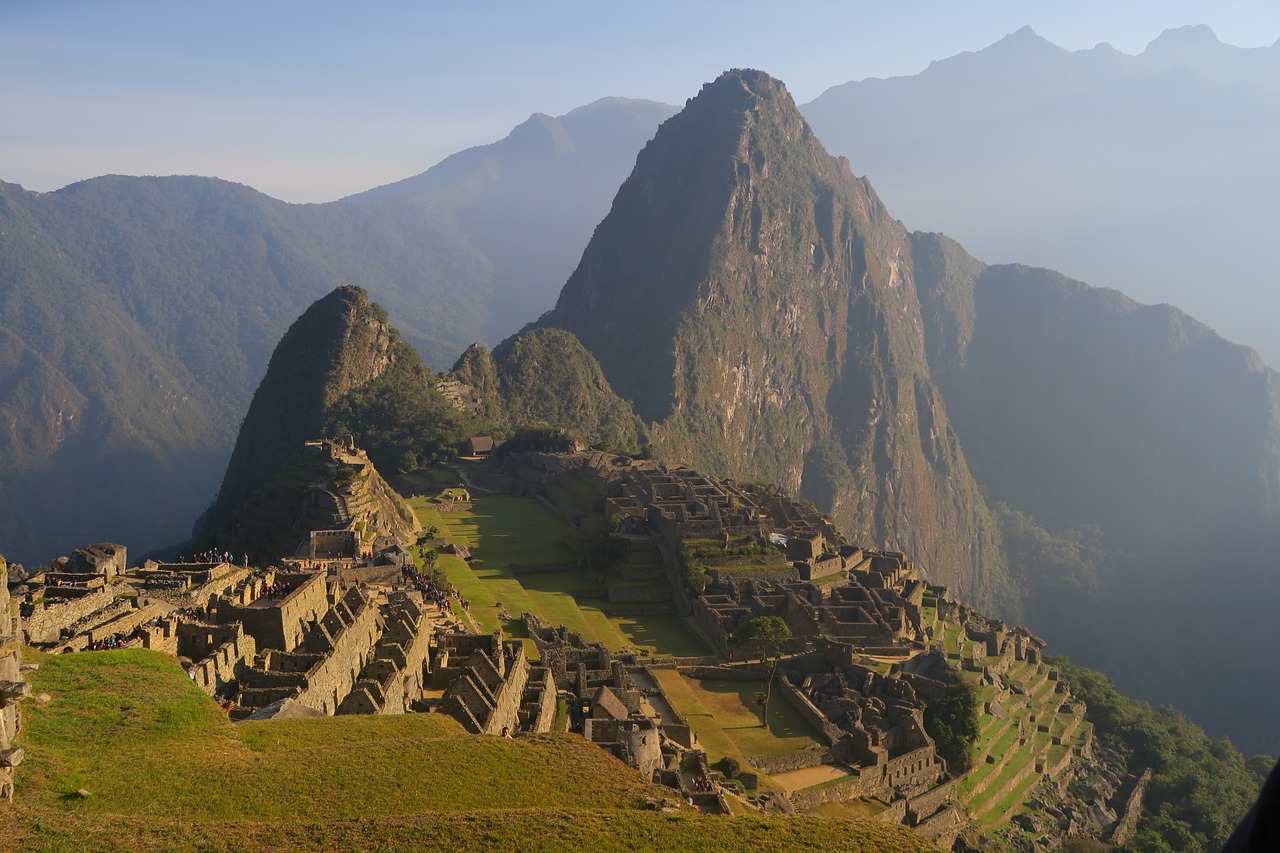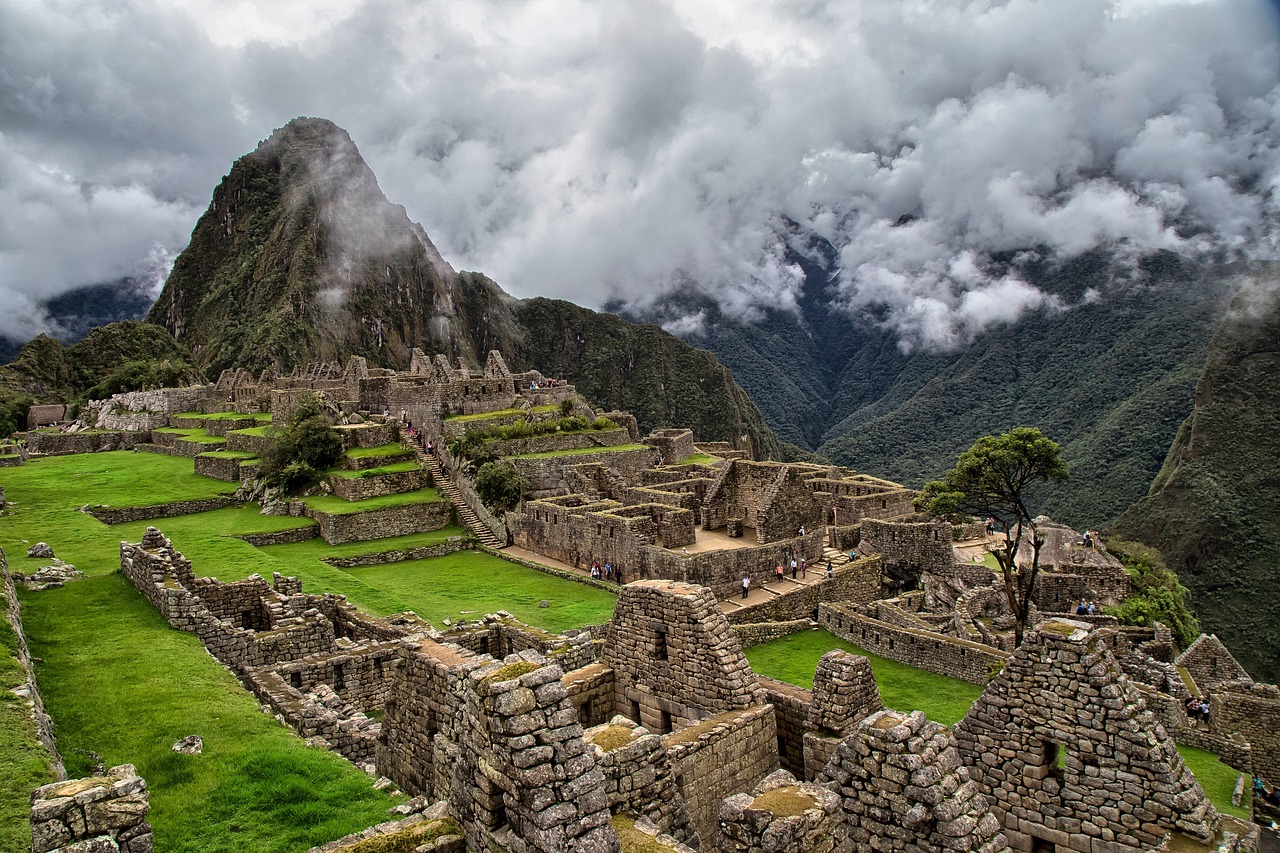Peru Video
Language and Communication: Overcoming Barriers in Peru
Peru, a diverse and culturally rich country in South America, is home to a wide variety of languages and dialects. With a population of over 32 million people, communication plays a crucial role in connecting individuals from different backgrounds and regions. However, Peru also faces certain language barriers that need to be overcome to ensure effective communication among its people. This article will explore the challenges and solutions related to language and communication in Peru, highlighting the efforts made to bridge the gaps and create a more inclusive society.
Section 1: Official Languages
Peru recognizes Spanish as its official language, which is spoken by the majority of the population. However, there are also several indigenous languages that hold official status in certain regions. These include Quechua, Aymara, and many others. The recognition of these languages reflects the country’s commitment to preserving its rich cultural heritage. By embracing and promoting these indigenous languages, Peru aims to foster inclusivity and ensure that all citizens have the opportunity to communicate in their native tongues.
- Quechua: Quechua is the most widely spoken indigenous language in Peru. It is primarily spoken in the Andean highlands and has several dialects. Efforts have been made to promote the use of Quechua in education and public services to empower Quechua-speaking communities.
- Aymara: Aymara is another important indigenous language spoken in Peru, mainly in the southern highlands. It has its own unique grammar and vocabulary, and efforts are being made to preserve and revitalize the language through education and cultural initiatives.
- Asháninka: Asháninka is spoken by the Asháninka people in the central rainforest region of Peru. It is one of the largest indigenous languages in the country and holds official recognition. Various programs have been implemented to promote Asháninka literacy and cultural preservation.
Section 2: Language Diversity
Peru’s linguistic diversity goes beyond the official languages. There are numerous other indigenous languages spoken by different ethnic groups throughout the country. These languages represent the cultural richness and heritage of Peru’s indigenous communities. While Spanish remains the dominant language for communication and is widely understood, recognizing and respecting the linguistic diversity of Peru is essential for fostering inclusivity and intercultural dialogue.
- Shipibo-Conibo: The Shipibo-Conibo language is spoken by the Shipibo people in the Amazon rainforest. It is known for its complex grammar and tonal system. Efforts are being made to preserve and promote this language, as it is considered an integral part of Shipibo-Conibo culture.
- Matsigenka: The Matsigenka language is spoken by the Matsigenka people in the Peruvian Amazon. It is a Panoan language with unique linguistic features. Initiatives are underway to document and revitalize the Matsigenka language to ensure its preservation for future generations.
- Awajún: The Awajún language is spoken by the Awajún people in the northern Amazon region of Peru. It is part of the Jivaroan language family and is known for its complex phonetics. Efforts have been made to promote Awajún literacy and cultural heritage.
Peru Image 1:

Section 3: Challenges of Language Barriers
While Peru celebrates its linguistic diversity, language barriers can present challenges in various aspects of daily life. These barriers can hinder effective communication, access to education, healthcare services, and economic opportunities for individuals who do not speak the dominant language in their region. Overcoming these barriers requires concerted efforts from both the government and society as a whole.
- Educational Challenges: Language barriers can pose challenges in education, particularly for indigenous children who speak languages other than Spanish. Lack of resources, qualified teachers, and bilingual education programs can limit their access to quality education.
- Healthcare Disparities: Language barriers can impede effective communication between healthcare providers and patients, leading to misunderstandings and limited access to healthcare services. Medical interpreters and language assistance programs are crucial in bridging this gap.
- Economic Opportunities: Limited proficiency in the dominant language can restrict economic opportunities for individuals, especially in sectors that require strong communication skills. Providing language training and vocational programs can help overcome these challenges.
Section 4: Bilingual Education Programs
To address the educational challenges posed by language barriers, Peru has implemented bilingual education programs in regions with significant indigenous populations. These programs aim to provide education in both the indigenous language and Spanish, enabling students to develop proficiency in both languages and preserving their cultural heritage.
- Intercultural Bilingual Education (EIB): The Intercultural Bilingual Education program in Peru promotes the use of indigenous languages in the classroom alongside Spanish. It emphasizes cultural diversity, respect, and equal opportunities for all students.
- Bilingual Intercultural Education Centers (CBEI): Bilingual Intercultural Education Centers have been established in various regions to support the implementation of bilingual education programs. These centers provide training, resources, and support to teachers and students.
- Teacher Training: Training programs are conducted to equip teachers with the necessary skills and knowledge to implement bilingual education effectively. These programs focus on language acquisition, cultural sensitivity, and inclusive teaching methodologies.
Peru Image 2:

Section 5: Language Access in Healthcare
To ensure effective communication in healthcare settings, Peru has implemented language access initiatives to bridge the gap between healthcare providers and patients who speak different languages. These initiatives aim to provide language assistance services and promote cultural competence among healthcare professionals.
- Medical Interpreters: Trained medical interpreters play a vital role in facilitating communication between healthcare providers and patients who do not speak the same language. They help ensure accurate understanding of medical information and enhance patient care.
- Language Assistance Programs: Healthcare facilities implement language assistance programs that include translation services, multilingual staff, and translated materials to cater to the diverse linguistic needs of patients.
- Cultural Competence Training: Healthcare professionals receive cultural competence training to understand and respect the cultural backgrounds and beliefs of their patients. This training promotes effective communication and improves the overall quality of care.
Section 6: Promoting Multilingualism in Society
In addition to government initiatives, civil society organizations and individuals play a crucial role in promoting multilingualism and bridging language barriers in Peru. Various initiatives have been undertaken to raise awareness, celebrate linguistic diversity, and empower indigenous communities.
- Language Festivals: Language festivals and cultural events are organized to celebrate Peru’s linguistic diversity. These events showcase traditional music, dance, and language workshops, fostering pride and appreciation for indigenous languages.
- Community Language Centers: Community language centers provide language classes, cultural activities, and resources for individuals interested in learning indigenous languages. These centers serve as hubs for language revitalization and community engagement.
- Online Language Resources: Online platforms and resources have emerged to facilitate language learning and preservation. Websites, mobile apps, and social media groups provide access to language lessons, dictionaries, and interactive language learning materials.
Peru Image 3:

Section 7: Overcoming Language Barriers in Tourism
The tourism industry in Peru plays a significant role in promoting cultural exchange and economic growth. However, language barriers can hinder effective communication between tourists and local communities. Efforts are being made to overcome these barriers and provide a more inclusive and enriching experience for visitors.
- Tourism Language Training: Training programs are conducted to enhance the language skills of tourism professionals, including tour guides, hotel staff, and transportation providers. These programs focus on improving communication with international visitors.
- Translation Services: Tourism agencies and service providers offer translation services to bridge the language gap between tourists and local communities. This includes multilingual guides, brochures, and audio guides.
- Community-Based Tourism: Community-based tourism initiatives involve local communities directly in tourism activities. This allows tourists to interact with locals, experience their culture, and overcome language barriers through meaningful exchanges.
Section 8: Technology and Language Accessibility
Advancements in technology have opened up new possibilities for overcoming language barriers and improving language accessibility in Peru. Various digital tools and applications are being utilized to facilitate communication and language learning.
- Translation Apps: Mobile applications that provide real-time translation are becoming increasingly popular. These apps enable users to communicate across language barriers by translating spoken words or written text instantly.
- Online Language Courses: E-learning platforms offer online language courses that cater to different proficiency levels and language needs. These courses provide flexibility and accessibility to individuals interested in learning new languages.
- Language Learning Games: Interactive language learning games and software engage users in a fun and immersive learning experience. These games incorporate audio, visuals, and gamification techniques to enhance language acquisition.
Section 9: Sign Language and Accessibility
Inclusive communication extends beyond spoken and written languages. Sign language plays a vital role in ensuring accessibility for individuals with hearing impairments. Efforts are being made to promote sign language and improve accessibility for the deaf community in Peru.
- Sign Language Interpreters: Trained sign language interpreters provide interpretation services in various settings, including education, healthcare, and public events. They facilitate effective communication between deaf individuals and the hearing community.
- Deaf Education: Specialized education programs and schools for the deaf exist in Peru to cater to the unique needs of deaf students. These programs focus on sign language acquisition, literacy, and inclusive education practices.
- Accessibility Standards: Efforts are underway to improve accessibility for individuals with disabilities, including the deaf community. This includes implementing visual aids, closed captioning, and accessible technology in public spaces and digital platforms.
Section 10: Media and Language Representation
The media plays a significant role in shaping perceptions and promoting cultural understanding. Including diverse languages and representations in media content can contribute to overcoming language barriers and fostering inclusivity.
- Multilingual Broadcasting: Broadcasting programs in multiple languages, including indigenous languages, can help reach a wider audience and promote linguistic diversity. This includes radio shows, TV programs, and online content.
- Subtitling and Captioning: Providing subtitles and captions in different languages, including indigenous languages, allows for greater accessibility and inclusivity in media content. This enables individuals with different language backgrounds to engage with the content.
- Language Preservation Documentaries: Documentaries and films that focus on language preservation efforts and indigenous cultures can raise awareness and promote the importance of linguistic diversity.
Section 11: Government Policies and Initiatives
The Peruvian government has implemented various policies and initiatives to address language barriers and promote linguistic diversity. These efforts aim to create an inclusive society and ensure equal opportunities for all citizens.
- National Plan for Bilingualism and Multilingualism: The Peruvian government has developed a National Plan for Bilingualism and Multilingualism, which outlines strategies and actions to promote language diversity, education, and cultural preservation.
- Language Rights Legislation: Laws and regulations have been enacted to protect and promote the rights of indigenous languages and their speakers. These include the recognition of indigenous languages in official documents and the provision of language services.
- Language Revitalization Programs: The government supports language revitalization programs that aim to preserve and promote indigenous languages. These programs involve language documentation, education, and cultural initiatives.
Section 12: Conclusion
Peru’s linguistic diversity is a testament to its rich cultural heritage. While language barriers can present challenges, Peru is actively working towards overcoming them and creating a more inclusive society. From bilingual education programs to language access initiatives in healthcare and tourism, efforts are being made to bridge the gaps and ensure effective communication for all. By embracing linguistic diversity and promoting language preservation, Peru continues to celebrate its cultural roots and foster intercultural understanding.
References
– Ministry of Culture Peru: [culture.gob.pe](culture.gob.pe)
– Ministry of Education Peru: [minedu.gob.pe](minedu.gob.pe)
– World Health Organization: [who.int](who.int)
– United Nations Educational, Scientific and Cultural Organization (UNESCO): [unesco.org](unesco.org)
– Andean Air Mail & PERUVIAN TIMES: [peruviantimes.com](peruviantimes.com)
– National Institute of Indigenous Languages (INIL): [inil.gob.pe](inil.gob.pe)
– National Institute of Statistics and Informatics (INEI): [inei.gob.pe](inei.gob.pe)


